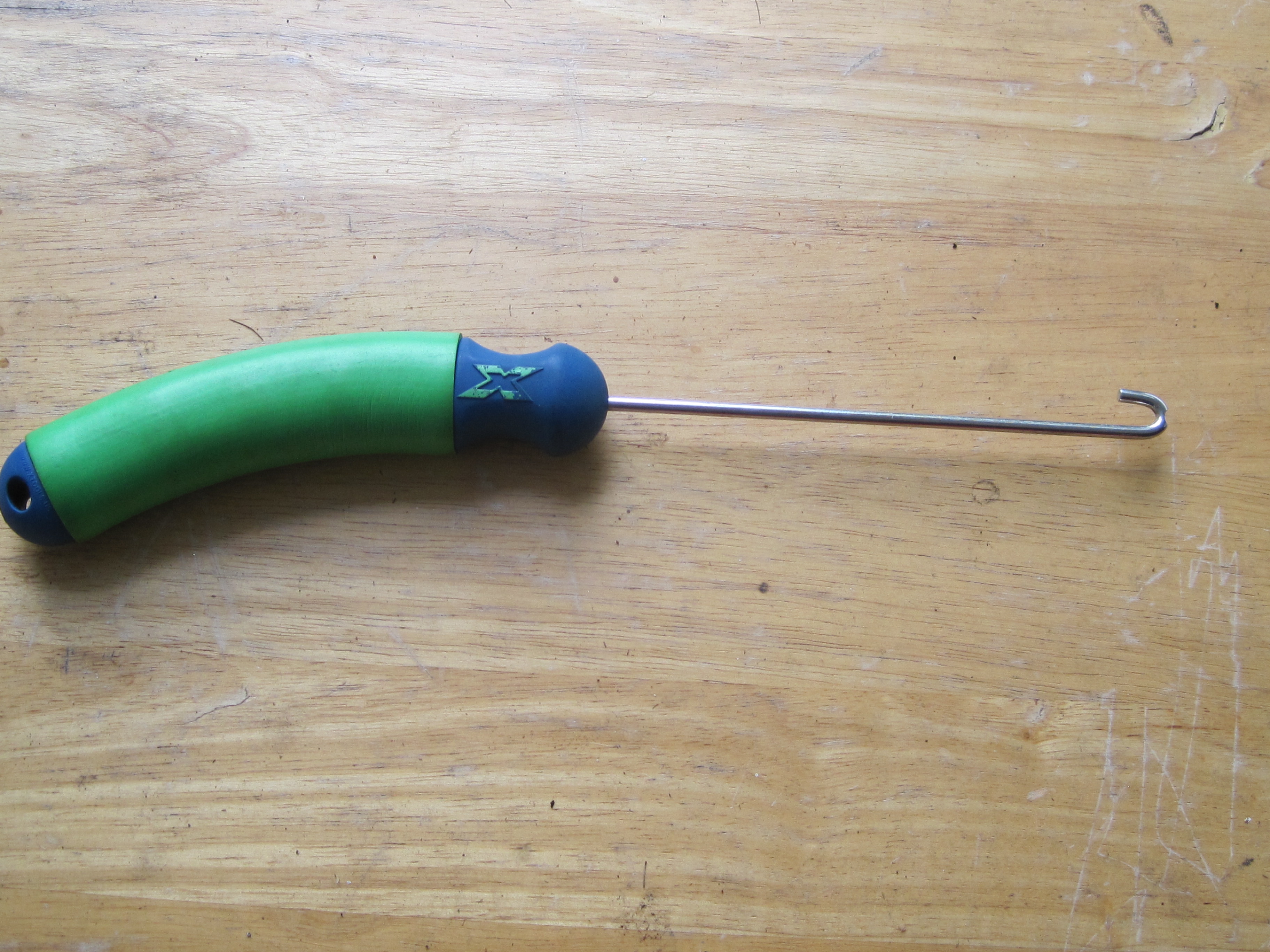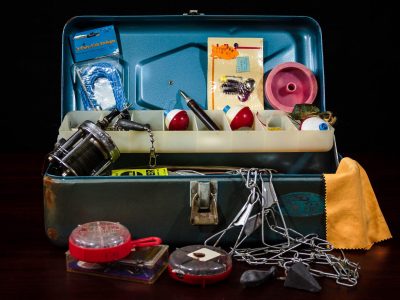Sometimes you may hook a fish that is release-only, over/under the legal limit, or a fish you don’t want to keep. If you find yourself in this situation, don’t worry – using a de-hooker can help! De-hookers are tools that help remove hooks from fish without injuring them.
Release your fish safely and without any damage
There is something oddly satisfying about watching a fish swim away after you’ve released it back into the water. It’s a feeling of relief, knowing that you’ve helped this creature thrive and live another day. There is a right and wrong way to release a fish, and using a de-hooker is one of the most effective ways to do it!
Why do some state oversight agencies require a de hooker?
A de-hooker is used because of its benefits, mainly because it is gentle on fish and can remove the hook without touching the fish. Touching a fish can remove its protective coating and shorten its life.
Some state oversight agencies require (or strongly suggest) a de hooker be used on reef species like snapper and grouper, etc. In Florida, it is required when fishing for snook, tarpon, and bonefish.
The main reason state oversight agencies require a de-hooker is to prevent fish from being injured. De hookers help remove hooks quickly and easily, without harming the fish. Many de-hookers make it possible to release without touching the fish, to preserve their protective slime for conservation purposes. Certain catfish (especially saltwater), have venom glands in their dorsal or pectoral fins that can sting upon contact and make you sick. Use a de-hooker to avoid touching.
Different types of de-hookers available on the market
There are two main types of de-hookers – manual and automatic. Manual de-hookers require you to manually remove the hook from the fish, while automatic de-hookers will do it for you.
Manual de-hooker
- First, make sure you have a good grip on the fish before you start unless you can release the fish without touching it. This will help prevent the fish from slipping out of your hands and getting injured.
- Next, if the hook is inside the fish’s mouth, gently push down on the hook until the hook is free.
- Finally, gently remove the de-hooker with a hook from the fish’s mouth and release it back into the water.

U-end De-hooker; Credit: Ladies, Let’s Go Fishing
- For de-hookers with the U-shaped metal end, slide the U-shaped part down the line, keeping the line tight, then to the hook. Pull up to turn the hook upside down, then give it a shake to release the fish. This is effective when using circle hooks but can work with other hook types. Usually, with this type, you don’t have to touch the fish at all.
Automatic de-hooker
- First, read the instructions that come with your de-hooker to understand how it works and prevent you from accidentally injuring the fish.

Trigger De-hooker; Credit: Ladies, Let’s Go Fishing

Curly end trigger de-hooker; Credit: Ladies, Let’s Go Fishing
- Next, place the de-hooker over the hook and press the button to release it. If it is a trigger de-hooker, pull the trigger once the end is engaged on the hook to tighten its grip on the hook. Gently press down on the hook if the hook is inside the mouth of the fish until the hook is free, then release. If the fish is hooked on the side of the mouth (typical for circle hooks) use the instructions above for U Shaped end de-hookers.
- Finally, gently remove the de-hooker from the fish’s mouth and release it back into the water. That’s how you can release a fish without touching it.
When making your decision, you’ll want to consider things like price, ease of use, and durability.
Once you’ve found the perfect de-hooker for your needs, you’ll be able to remove hooks quickly and easily – and most importantly, without harming the fish. If the hook is buried too far into the fish’s mouth, consider cutting the line as close to the fish as possible, especially for saltwater fish where the hook dissolves in time or for sharks, to keep you out of harm’s way.
♦ The objective is for the fish to live – removing a hook that is very deep into the fish’s mouth can be worse for the fish than cutting the line.
So next time you need to release a fish, just grab your de-hooker and get to work!
Do you have any tips for using de-hookers? Have you ever used a de-hooker before? What was your experience like? Let us know in the comments below!


